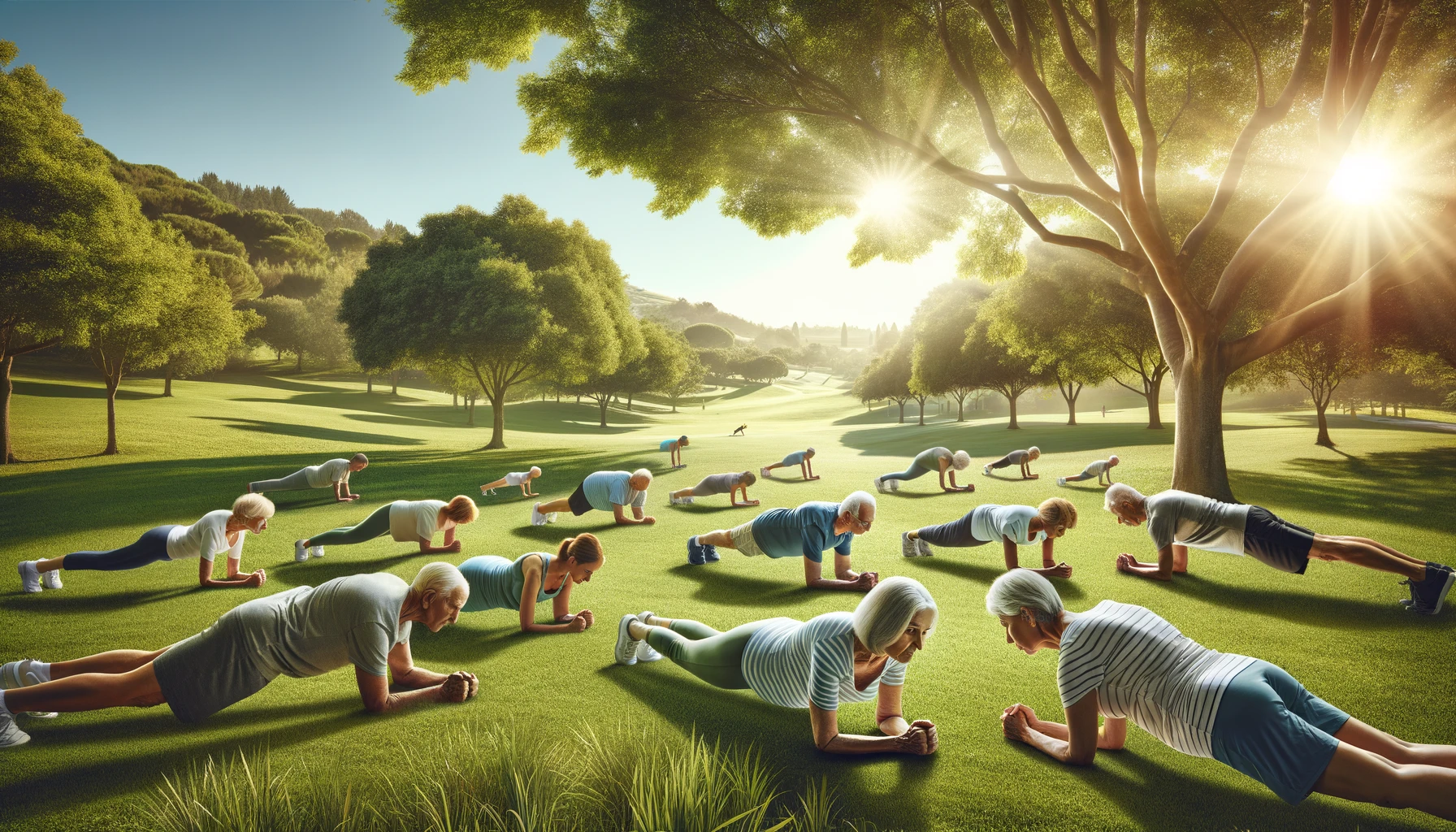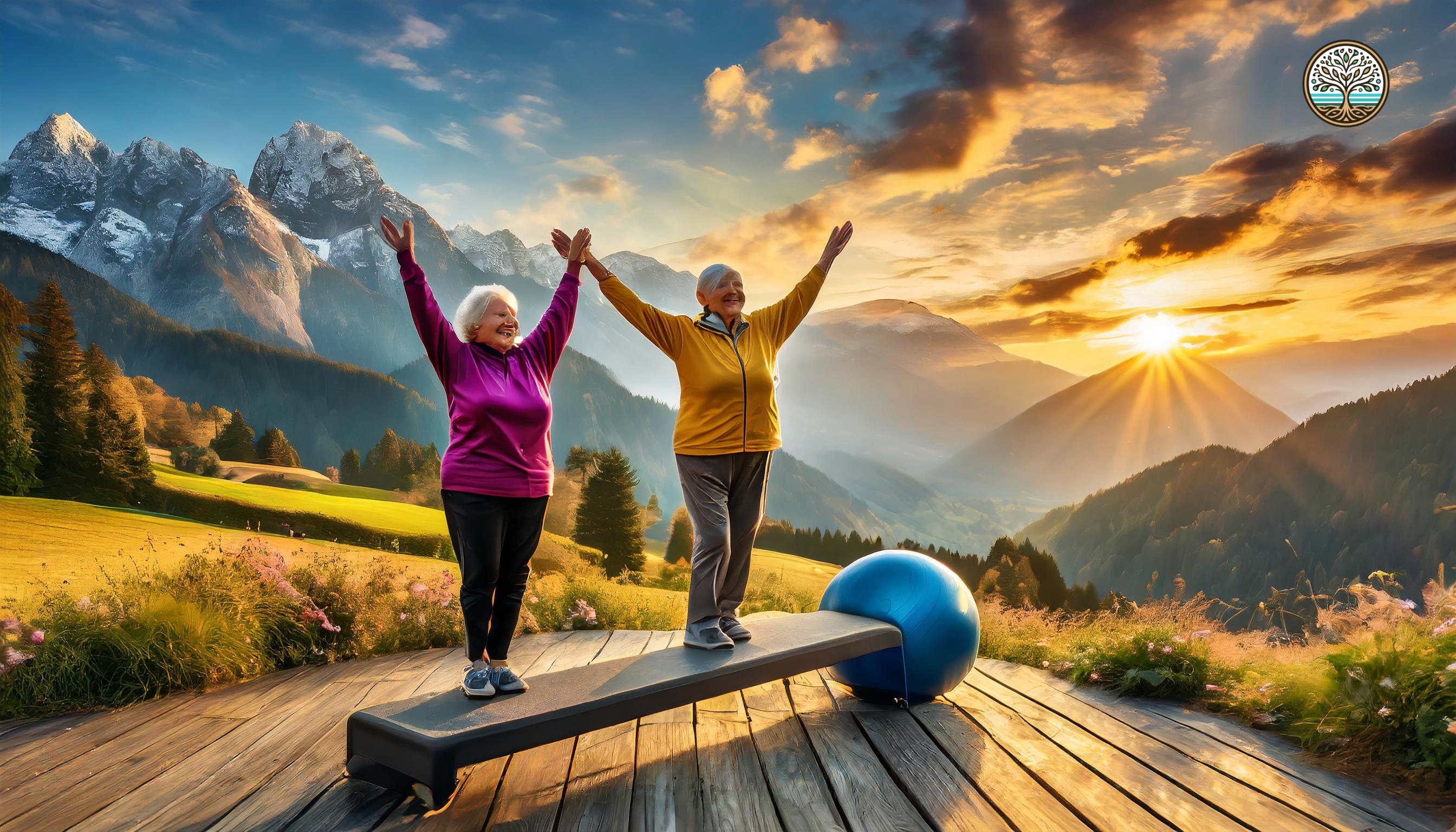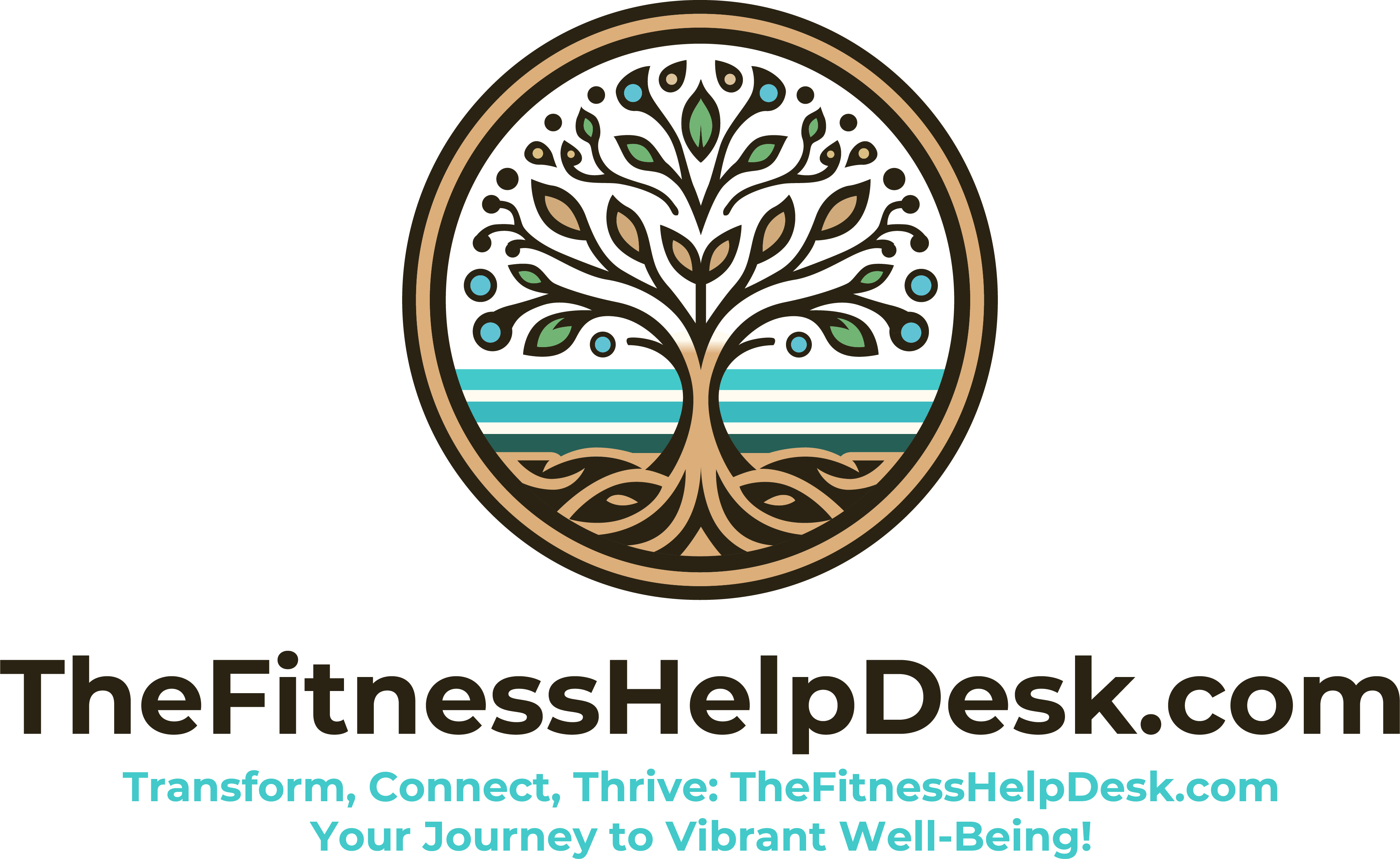Strengthening Health with Planks for Seniors
Planks are a powerful exercise that benefit people of all ages, particularly seniors. This simple yet effective exercise is an excellent way for those aged 60 and above to enhance their core strength, bone health, and overall well-being. In this detailed guide, we’ll explore the best types of planks for seniors, provide guidance on how to plank properly, and share expert advice to help the elderly master this beneficial workout. Core Muscle Strengthening with Planks in Your 60s and Beyond Strong core muscles are essential not just for fitness enthusiasts but for everyone, especially seniors. Engaging in regular planking can lead to significant improvements in posture and balance, which contribute to a better quality of life and reduced risk of falls. The Right Plank Types for Seniors While the traditional forearm plank is a fantastic starting point, other plank variations may be more suitable for seniors, depending on their fitness levels and individual needs. Modified planks, such as knee planks where you rest on your knees instead of your toes, can reduce strain and still effectively build core strength. Side planks are also beneficial as they engage the oblique muscles and help improve lateral balance, which is crucial for daily movements like turning and bending. Plank Guidance for Elderly Fitness To begin planking safely, start with shorter intervals of about 10-15 seconds to gauge your capacity. Gradually increase the duration as your strength improves. Always focus on maintaining a straight line from your head to your knees or toes, depending on the plank variation. Ensuring proper form is essential to avoid injury and gain the maximum benefit from your planking efforts. Enhancing Bone Health and Joint Support with Planks Weight-bearing activities are known to support bone density, and planks fall into this category. Not only do they improve bone health, but they also bolster the muscles around crucial joints, providing stability and reducing pain associated with conditions such as arthritis. Expert Guidance on Plank Exercises for Seniors It’s advisable for seniors to seek guidance from a fitness professional or physical therapist before starting any new exercise regimen. Experts can recommend the best plank variations and routines tailored to individual needs and limitations, ensuring safety and effectiveness. The Digestive and Mental Benefits of Planking for the Elderly Planks apply gentle pressure to the abdominal region, promoting digestion and helping to alleviate digestive issues common in later years. Additionally, the mental resilience developed through regular plank routines can spill over into improved cognitive function and mental health. Conclusion: The Lifelong Benefits of Planking for Seniors Committing to a routine that includes planks can be a game-changer for seniors looking to stay active and healthy. Remember, it’s not about doing the hardest variation or holding the plank the longest; it’s about consistent, mindful practice. By incorporating planks into your life, you can enjoy a stronger core, improved balance, and a more vibrant senior lifestyle. Takeaway Tips for Successful Planks in Senior Years Planking is a versatile exercise that can significantly contribute to a senior’s active lifestyle. With the points outlined in this article, seniors can approach planking with confidence and achieve substantial health benefits as they age gracefully. At TheFitnessHelpDesk.com, we offer expert solutions for senior fitness training and health nutrition guidance. Contact us today to discover how planks can play a crucial role in enhancing senior well-being.








